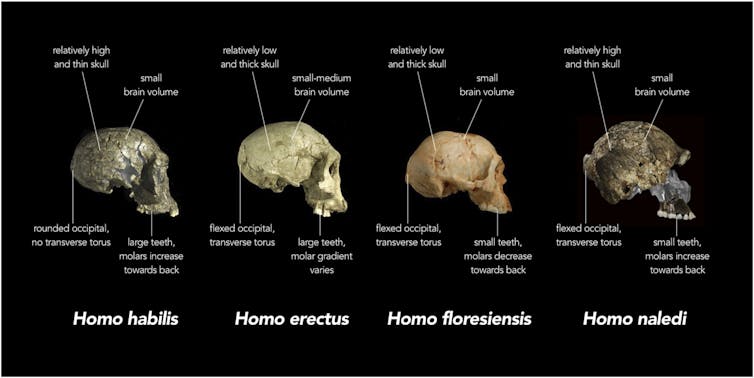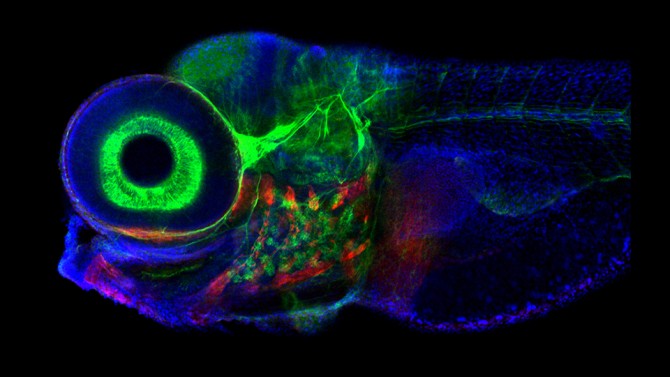A new framework established under the Biodiversity Conservation Act 2016, the Biodiversity Offsets Scheme, aims to create a transparent, consistent and scientifically based approach to biodiversity assessment and offsetting for development that is likely to have a significant impact on biodiversity.
The Biodiversity Offsets Scheme for local development has now commenced. As part of this new framework, any new application for development consent or modification to an approved development under Part 4 of the Environmental Planning and Assessment Act 1979 (EP & A Act) is now subject to the biodiversity assessment requirements of the Biodiversity Conservation Act 2016.
The Biodiversity Offsets Scheme was established under the Biodiversity Conservation Act 2016 (BC Act) as part of the Government’s land management and biodiversity conservation reforms. This is a significant change.
Former planning provisions continue to apply to local development (Development under Part 4 of the EP & A Act, not including State Significant Development) submitted before 25 November 2019 in the local government areas of Camden, Campbelltown, Fairfield, Hawkesbury, Liverpool, Penrith and Wollondilly. If a species impact statement is required, it must be submitted before 25 May 2020.
When does the Biodiversity Offsets Scheme Apply?
It applies to development that is likely to significantly affect threatened species if it:
- is carried out in a declared area of outstanding biodiversity value, or
- exceeds the biodiversity offsets scheme threshold, or
- is likely to significantly affect threatened species or ecological communities, or their habitats, according to the test of significance in section 7.3 of the Biodiversity Conservation Act 2016.
For any local development that meets any of these criteria, the developer must engage an accredited assessor to prepare a Biodiversity Development Assessment Report (BDAR) to submit with their application for development consent.
How are serious or irreversible impacts determined by Council?
The Biodiversity Development Assessment Report will identify potential serious and irreversible impacts on biodiversity. If Council determines that development is likely to have a serious and irreversible impact, it must refuse consent for such development.
If a development to which the biodiversity offsets scheme applies is approved, Council must outline the offset obligation as a Condition of Consent. Council is obliged to advise the Department of Planning, Industry and Environment of any consents issued for development applications to which the biodiversity offset scheme applies.
There are various ways in which a proponent (developer) can meet their offset obligations. Please see








